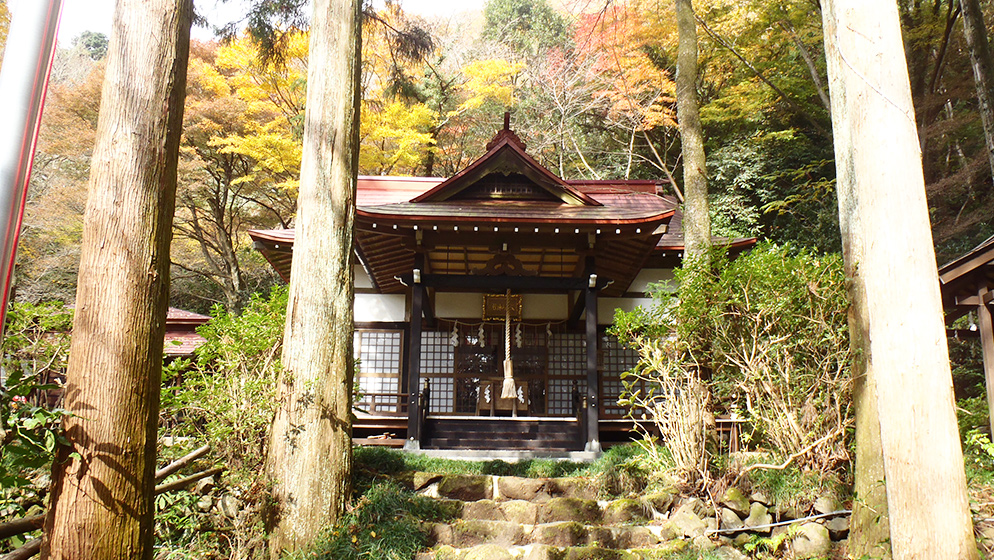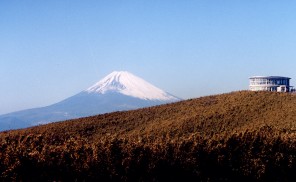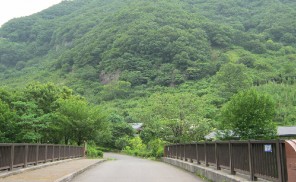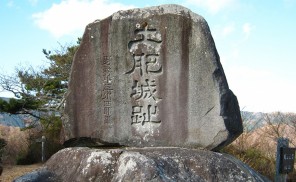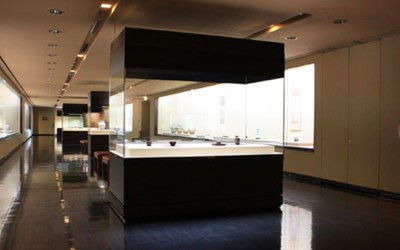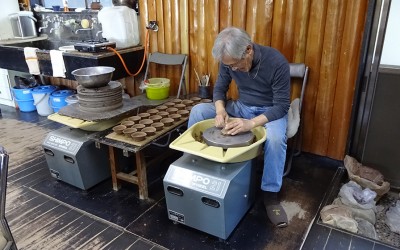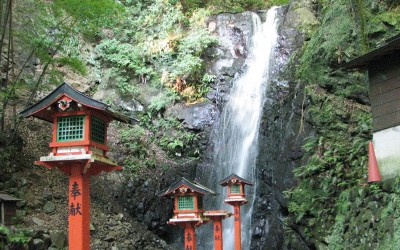The Tenshozan & Momiji no Sato Hiking Course
This hiking course is magnificent for a stroll enveloped in nature and greenery.
A lush forest of cedar, pine, Japanese chinquapin, and other trees flourishes in the area, with rays of sunshine radiating through the leafy canopy and wild bird songs echoing in the air.
As part of a representative tour of Oku-Yugawara’s natural splendor, on this course you can see Hakuun Waterfall, which appears as if silk threads are pouring into a pool of green, and Tenshozan Shrine, where each season reveals a different facet of its beauty. If you are up to the challenge, it’s also worth your while to venture a little further to Momiji no Sato.
To get started on the course, take the bus for Oku-Yugawara from Yugawara Station, and get off at Oku-Yugawara Bus Stop, the last stop (about a 20-minute ride).
Alternatively, you can take the bus for Moto-Hakone via Daikanzan, and get off at Oku-Yugawara Iriguchi Bus Stop. If you prefer an easier walk, you can take the same bus and get off at Tenshozan Bus Stop, and descend from there instead.
First, ascend the gently-sloped road along the Fujiki River, and after passing Hirogawara Bus Stop, you will find the guidepost for the Tenshozan Hiking Course at Jogao Bridge (1,500m to Tenshozan Shrine, 1,850m to Hakuun Waterfall).
Along the course, you will find Kyorai Waterfall. There is a shortcut leading to Tenshozan Shrine which starts a little before the top.
Tenshozan Shrine was built in 1931. The Sun Goddess, the Great God of Sarutahiko, and the Great God of Taisei are enshrined there. At the annual festival on May 22nd, many people make a pilgrimage to this shrine from all across Japan, and it becomes a site of lively commotion for the festival’s duration. The shrine is surrounded by cedar, cherry, maple, and other trees, and many hydrangeas, azaleas, camellias, and other plants.
After following the guidepost on the right-hand side of the shrine and walking up a gentle slope, the sound of a stream can be heard, seeming to come directly from the top of Kyorai Waterfall.
About 10 minutes past the shrine, near a giant kaya tree, you can see the 30m-high Hakuun Waterfall (photo above). With Japanese box, Japanese andromeda, and maple trees growing in abundance in the area, the term “shinzan-yukoku” (“deep in the mountains”) is a very apt description.
A small torii gateway and a miniature shrine are nearby, and a stone Buddhist statue sits precariously above on a high rock, which appears to be on the verge of collapse.
The Ikemine Hiking Course (also known as the Momiji no Sato Hiking Course) can be accessed from Ikemine Bridge in front of Oku-Yugawara Bus Stop.



